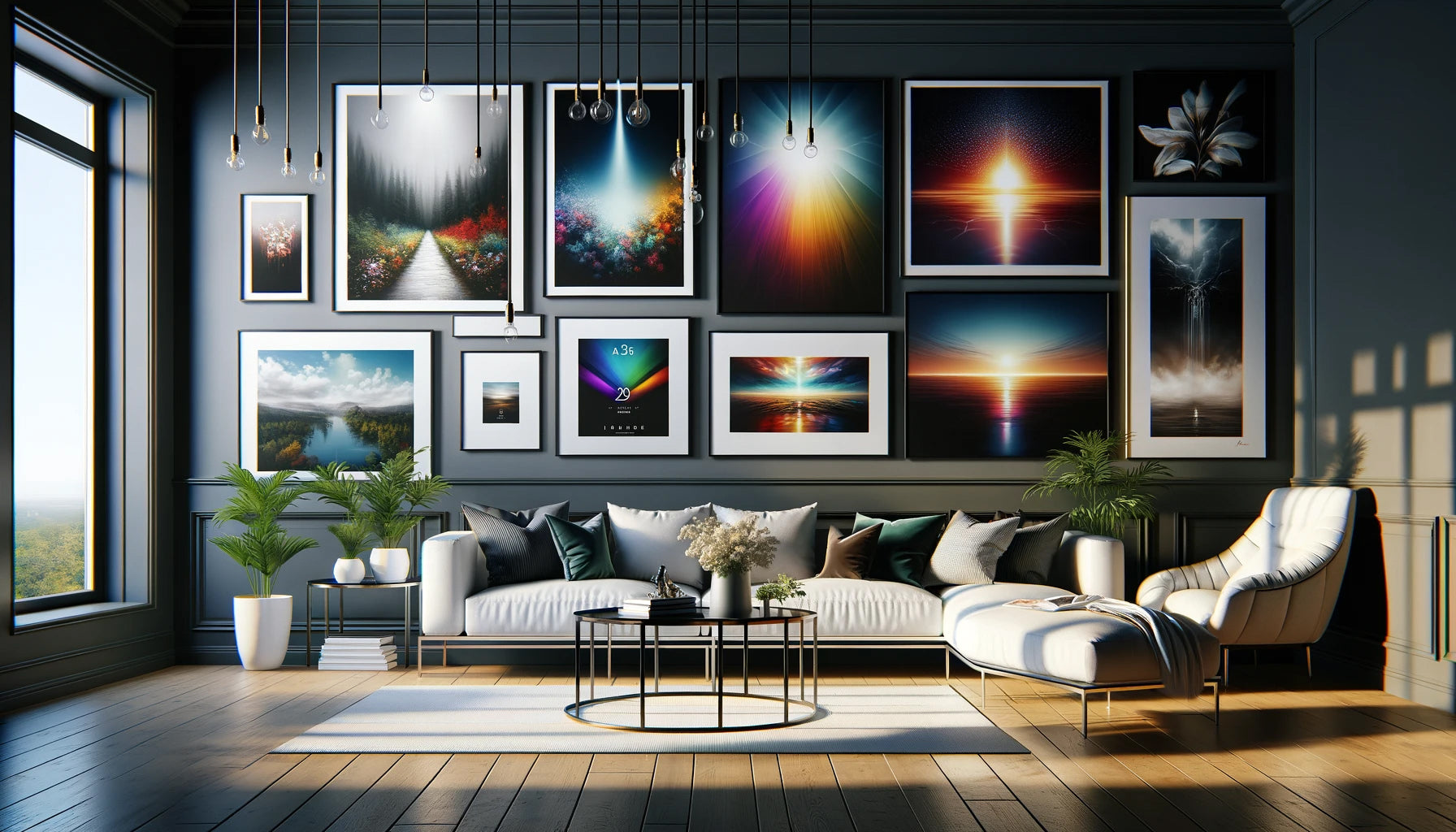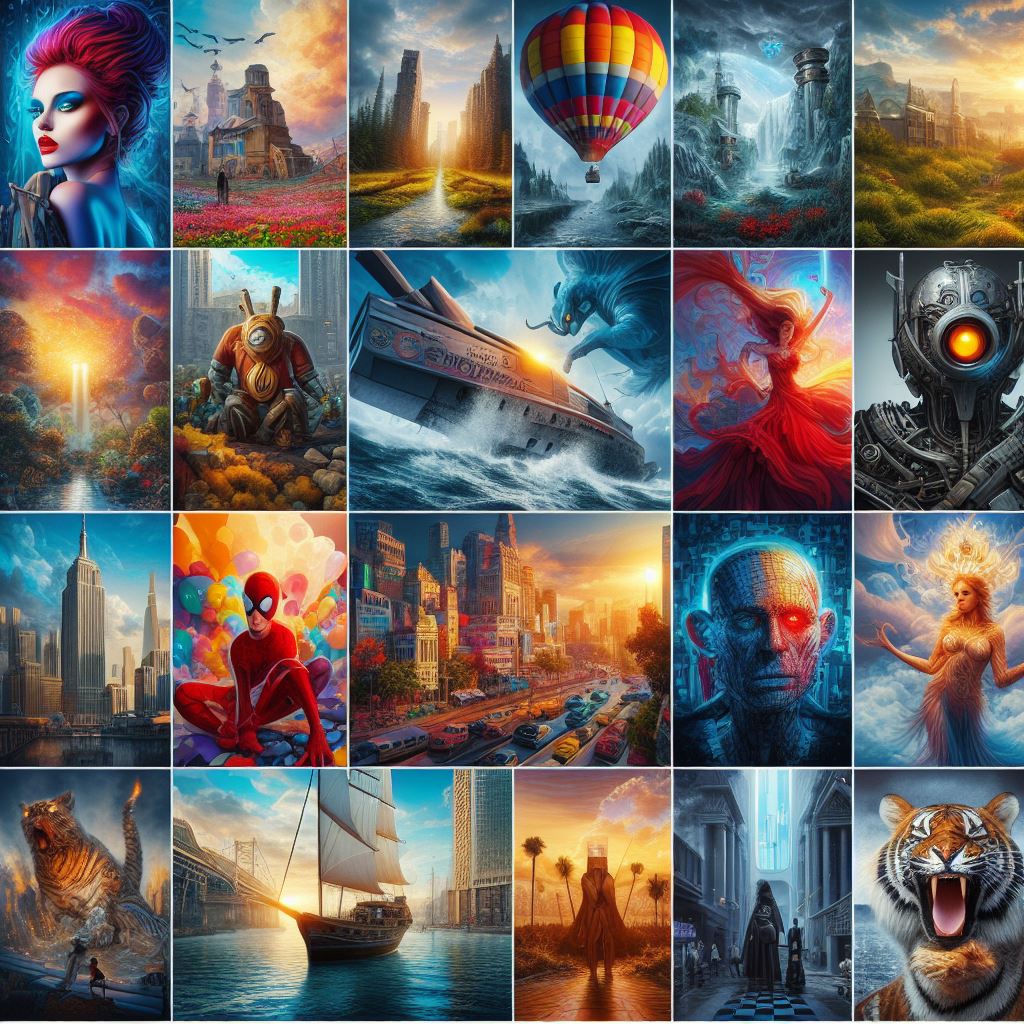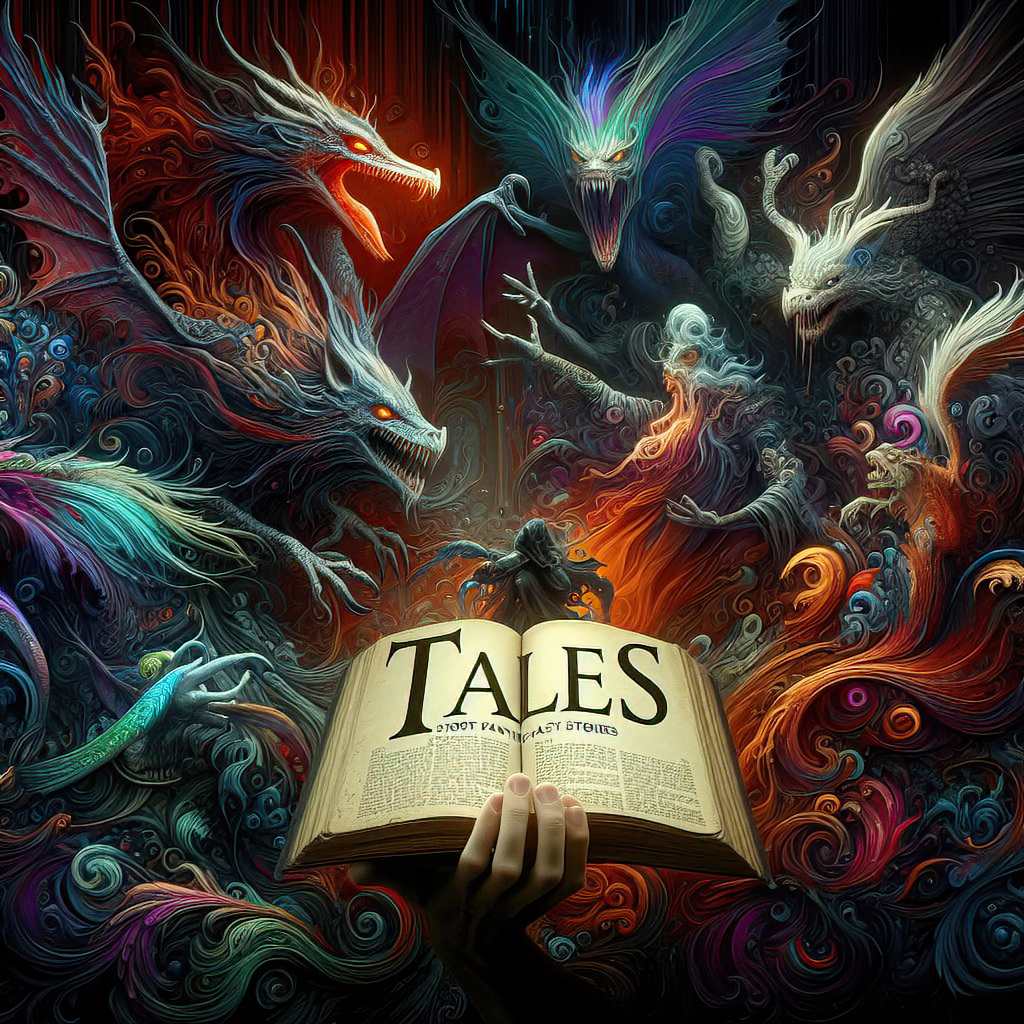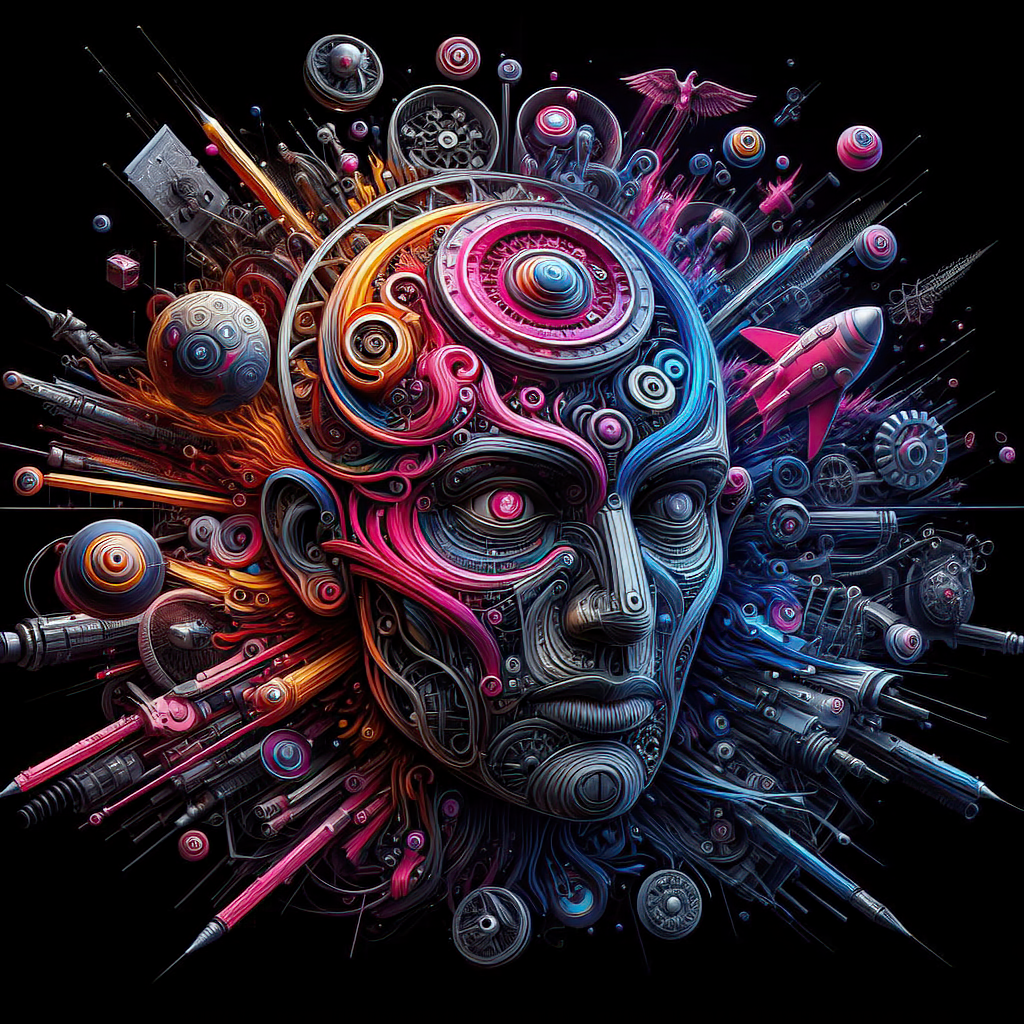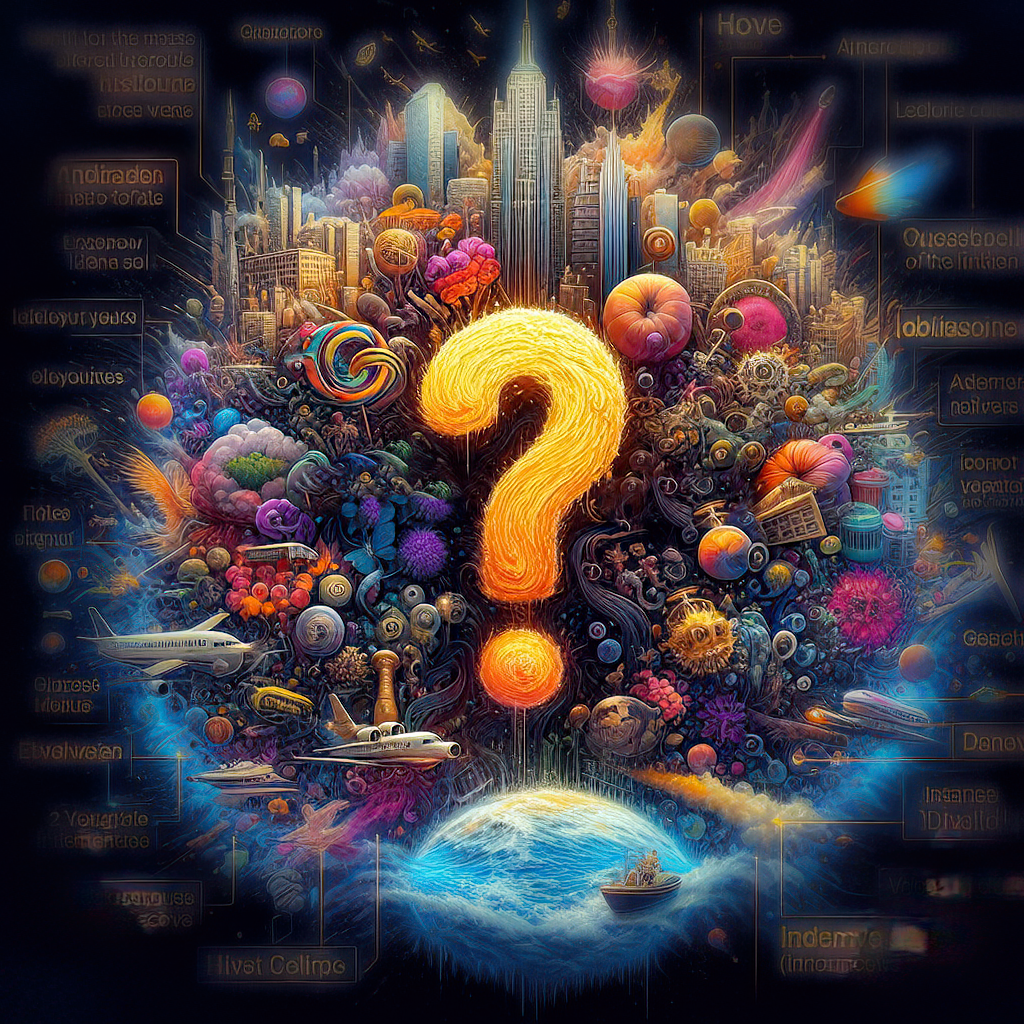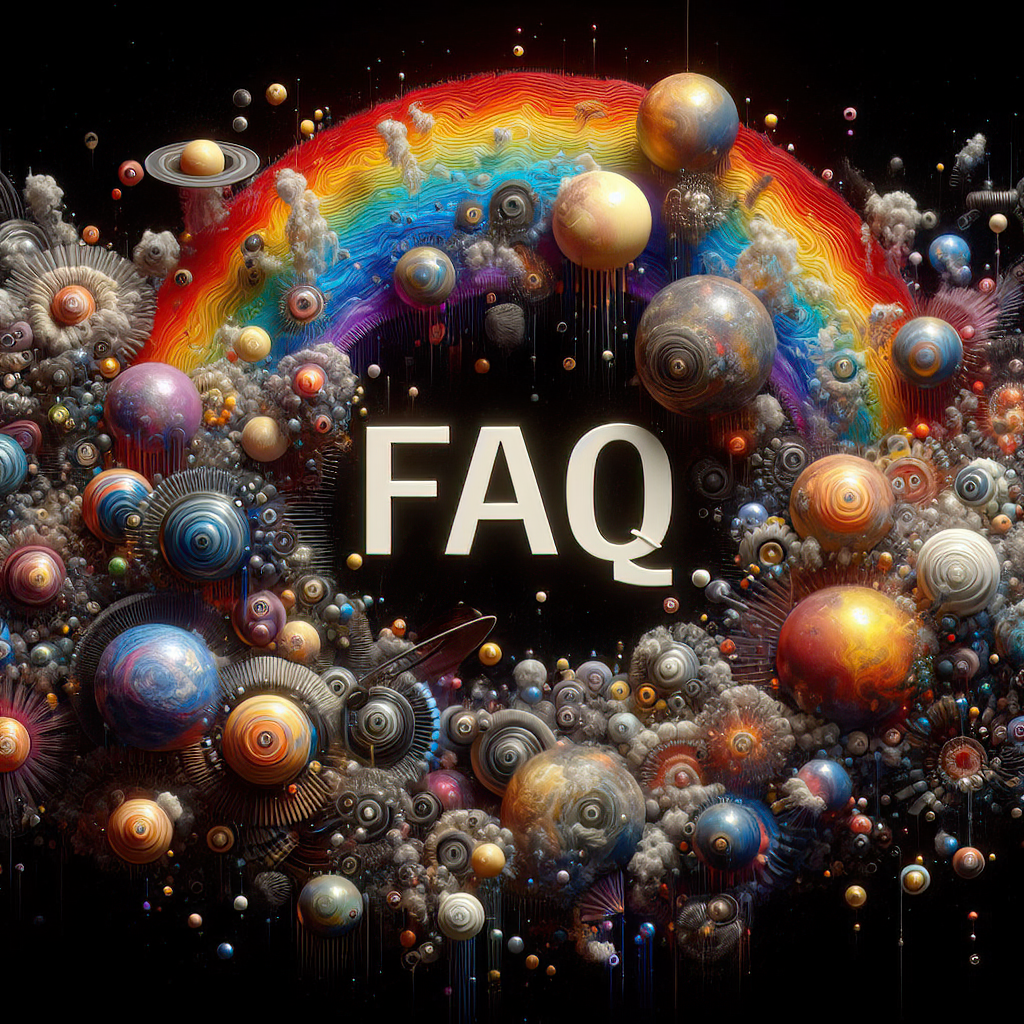
by Bill Tiepelman
Color Theory in Practice: Crafting Cohesive Designs
Welcome to our exploration of color theory and how it influences the crafting of cohesive and visually appealing designs. Whether you're a budding designer or seasoned professional, understanding color theory is essential to elevating your work. In this post, we'll unlock the secrets of color theory, provide practical advice, and share examples to guide you in choosing and combining colors effectively. Understanding the Basics of Color Theory Color theory is the science and art of using color. It explains how humans perceive color; how colors mix, match, or clash; the subliminal (and often cultural) messages colors communicate; and the methods used to replicate color. At its most basic, color theory revolves around the color wheel, an illustrative organization of colors around a circle that shows relationships between primary colors, secondary colors, and beyond. The Color Wheel and Color Harmony The color wheel consists of three primary colors (red, yellow, and blue), three secondary colors (created by mixing the primary colors), and six tertiary colors (made from primary and secondary colors). Understanding the color wheel leads to the concept of color harmony, or the arrangement of colors in a way that is pleasing to the eye. Color Harmony and Cohesive Design Color harmony engages the viewer and creates an inner sense of order, a balance in the visual experience. When something is not harmonious, it's either boring or chaotic. At one extreme is a visual experience that is so bland that the viewer is not engaged. At the other extreme is a visual experience that is so overdone, so chaotic that the viewer can't stand to look at it. Color harmony delivers visual interest and a sense of order. Practical Tips for Using Color in Your Designs Here are some practical tips for applying color theory to create cohesive designs: Start with a Base Color: Choose a dominant color as the foundation of your design. This color will act as your brand’s identity. Consider Color Psychology: Different colors evoke different feelings and perceptions. For example, blue is often seen as calm and trustworthy, while red can evoke feelings of passion and urgency. Use Color Schemes: Decide on a color scheme based on the color wheel. Common schemes include monochromatic (different shades of a single color), analogous (colors next to each other on the color wheel), and complementary (colors opposite each other on the color wheel). Contrast for Readability: Ensure there is sufficient contrast between text and background colors to make your content readable. Test Your Colors: Always test color combinations in various environments to ensure they work well under different lighting conditions and on different devices. Real-World Examples Let’s look at some real-world examples to see how color theory is applied in design: Branding: Notice how brands use color to communicate their identity and values. For instance, a luxury brand may use black and gold for elegance and sophistication. Website Design: Websites often use a primary color to highlight important buttons or links, guiding the user’s eye through the design. Interior Design: Colors are used to create mood and atmosphere. A bedroom might use cool blues and greens to create a calming effect. Understanding and applying color theory is vital to creating designs that are both beautiful and functional. By choosing the right colors, employing harmonious color schemes, and understanding the psychological effects of color, you can create designs that are visually cohesive and emotionally engaging. Remember, the best way to learn is by experimenting, so don’t be afraid to try new color combinations and see what works best for your design. Embrace color theory in your next project and watch as your designs transform from good to great!
